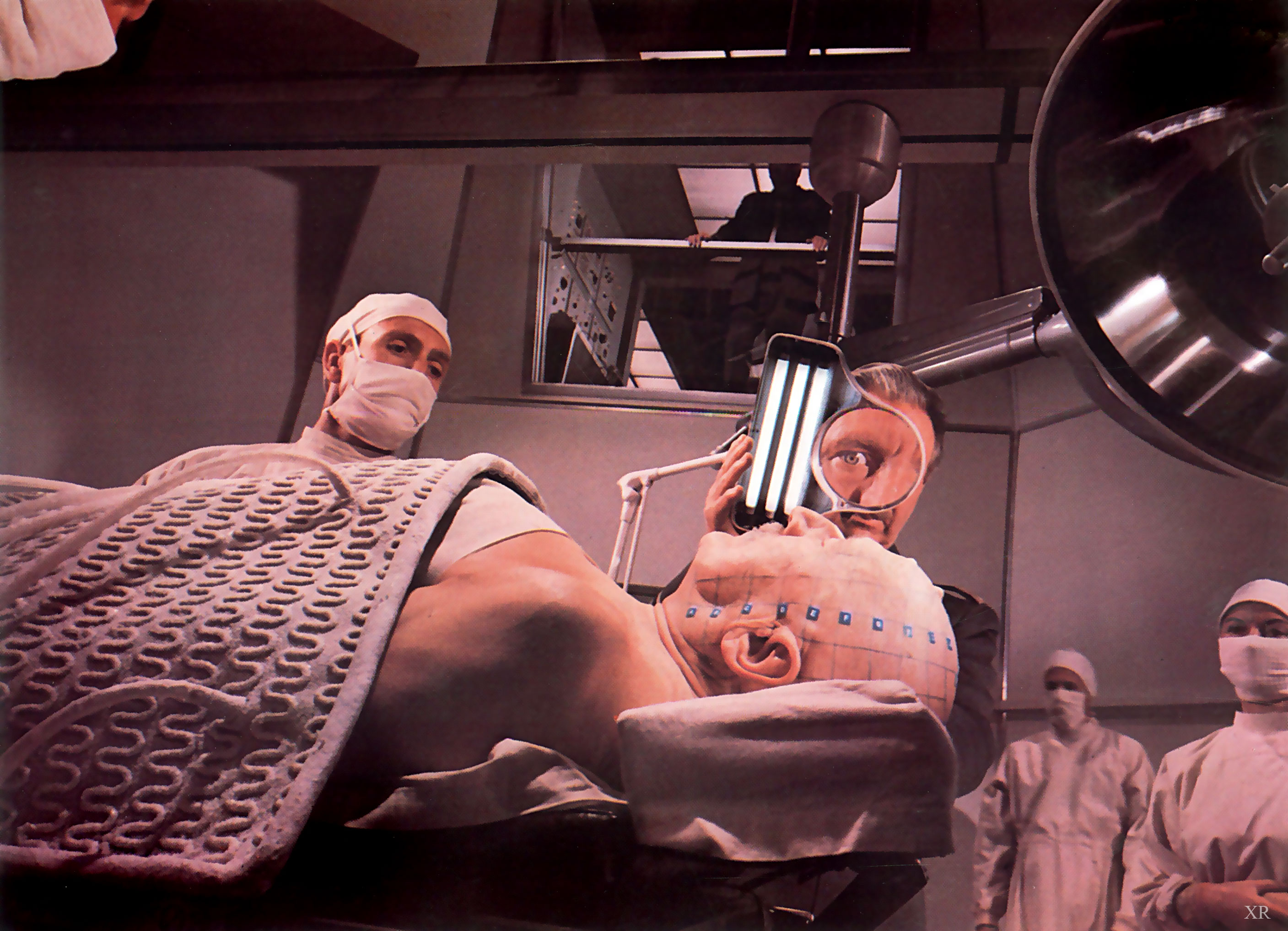BY STUART LUMAN
The pace of electronics miniaturization has been relentless. Today’s palm-sized smartphones outrun the fastest supercomputers of only a couple decades ago. Low-powered computers equipped with an array of finely tuned sensors are already being incorporated into real-world objects that can communicate autonomously, creating an “Internet of Things” that promises to bring revolutionary opportunities—and challenges—for every aspect of society and industry. The next phase of miniaturization could be even more transformational; embedding computational technology directly onto and into our bodies.
Redwood City, California-based Proteus Digital Health is an early entrant in the area of so-called bioelectronics. Proteus sells an FDA-approved ingestible sensors no larger than a poppy seed, which allows caregivers to know when and whether patients have properly taken their medications. Proteus’s tiny chip communicates via the body’s own tissues with a wearable sensor on the skin that in turn monitors and transmits patients’ heart rate, physical activity, stress, and sleep patterns via smartphones to their doctors. The chip is non-toxic, consisting primarily of magnesium and copper. It doesn’t need its own battery since it generates power from a patient’s own stomach acids and when its job is complete passes through the body naturally. “We’re only at the beginning of seeing the body as a data stream and creating technologies like an ingestible computer and forging them into products that can solve unmet needs,” says Proteus’s Chief Product Officer David O’Reilly , whose company is named after the miniaturized submarine in the 1966-classic film Fantastic Voyage. “The world has never seen these types of products before.”
The potential market for such devices is huge. According to a 2013 study by medical research firm IMS Health, $105 billion in avoidable healthcare costs are attributable to patients not taking their medication as prescribed. Proteus hopes future versions will be embedded directly into drugs. Currently patients must take a separate pill. The company, which hasn’t revealed pricing or initial customers , has raised more than $100 million to fund the system’s commercial development from the likes of Oracle, Novartis, and Otsuka Pharmaceutical.
Other technology companies are busy developing their own bioelectronic devices. It has been reported that Apple has hired medical-sensor experts such as Nancy Dougherty. Dougherty had been developing a transdermal patch to monitor glucose, electrolytes, and kidney function at Sano Intelligence before being whisked away. The gang at Google X has also announced a prototype contact lens that could monitor glucose levels of diabetics via their tears. Chip-giant Intel unveiled wearable technologies at the 2014 Computer Electronics Show in Las Vegas, including earbud-style headphones that monitor heart rate and change music depending on how fast the wearer’s heart is beating. It also announced the Edison Project, a Linux-based computer-on-a-chip the size of a standard SD card. Edison features a low-power, dual-core 400 MHz CPU with Wi-Fi, Bluetooth, RAM, and on-board flash memory. The tiny computer is intended for applications such as an infant monitor that can attach to a baby’s onesie and continuously measure temperature, breathing and motion and wirelessly send that data to parents’ phones, tablets or PCs.
With computers we can swallow, stick to our skin and hang from our infants already developed, you can see where the next phase of miniaturization is going – integrating silicon directly with our flesh. Creepy? Maybe, but so were artificial knees when they first came out. You might think of this as more of the same, but much, much smarter.
MacArthur genius John Rogers, a professor of materials science and engineering at the University of Illinois at Urbana-Champaign, is busy creating electronics that flex and move with the body and can be implanted in and around internal tissues and organs. Such devices would offer vastly higher fidelity and monitoring of biological activity than what’s possible today with stiff, conventional medical devices. Rogers’ groundbreaking work, which was the subject of a New Yorker profile in November, includes a mesh that wraps around the heart to detect and stop dangerous arrhythmias before they cause damage, highly sensitive and flexible sensors that sit on the surface of the brain to monitor neural activity, electronics that dissolve in the body once their tasks are complete, and stretchable circuits that adhere to the skin like tattoos. “Our goal is electronics that non-invasively integrate with the body’s tissues,” Rogers says. “These are 20-year goals, but we can begin to see a path to such systems today.”
Many other researchers are hard at work developing the next generation of ever more powerful and tiny bio-integrated machines that can be ingested, implanted, worn, or applied to the skin. There are, however, roadblocks to this seemingly unstoppable march of progress. One is Moore’s Law, the doubling every 18 months of transistors on silicon chips. That exponential curve has radically reduced the cost of chip manufacturing and the amount of electricity needed to power them while radically increasing their computational power and capabilities. Scientists and engineers fear that we might soon reach the physical limits of what materials and computing architectures can handle, forcing engineers to come up with new and innovative methods. Beyond hitting those physical limits, getting innovative products out of the lab and into the mass market may require the scrapping of an entire industry focused on conventional silicon chip fabrication.
If such technical challenges are overcome, and indeed past successes suggest they will be, sophisticated bioelectronics could become available in the next few decades as researchers predict. In such a future, implanted devices could continuously monitor and respond to budding health issues as they develop, radically improving medical outcomes and extending lifespans in ways unimaginable today. At the same time, it’s not hard to imagine the implications for privacy and the specter of near total surveillance that rivals anything the NSA could dream of. Reassuring regulators and consumers of the merits and safety of such devices may be as challenging for technologists and companies looking to commercialize them as anything they struggle with in the research lab.
-
Stuart Luman



